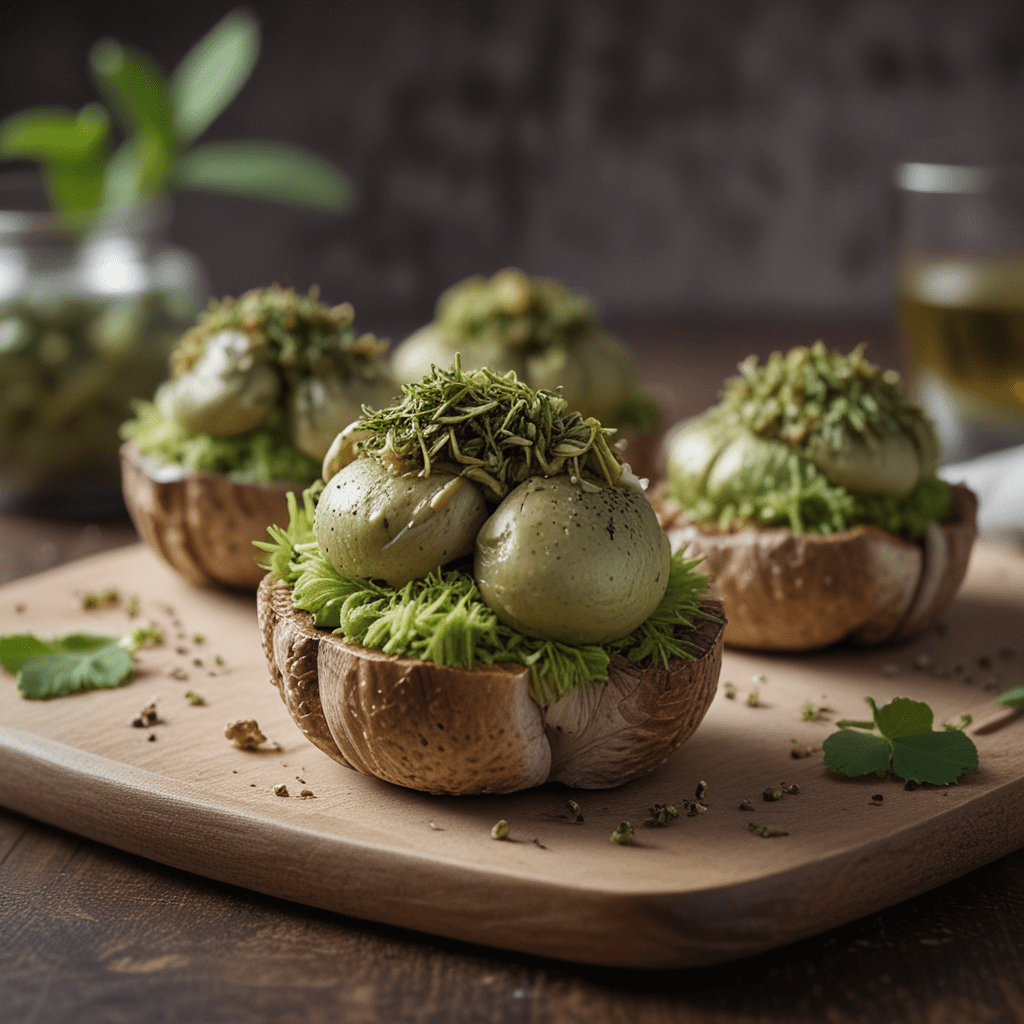Ceylon Tea – A Legacy Unveiled
Ceylon tea, renowned for its exquisite flavor and aroma, has left an indelible mark on the global tea industry. Its origins can be traced back to the mid-19th century, when the British introduced tea to the island nation of Ceylon, now known as Sri Lanka. Since then, Ceylon tea has emerged as a symbol of the country's rich agricultural heritage and a testament to the dedication and expertise of its tea makers.
The Serendipitous Introduction of Tea to Ceylon
The arrival of tea in Ceylon was a serendipitous event. In 1867, James Taylor, a Scottish planter, stumbled upon a patch of tea bushes growing wild in the Kandy hills. Recognizing their potential, he began experimenting with their cultivation, laying the foundation for the island's future tea industry.
Cultivating the Ideal Climate and Terrain for Tea
The success of Ceylon tea can be attributed, in part, to the island's unique climate and terrain. The tropical monsoon climate provides ample rainfall and sunshine, while the mountainous regions offer well-drained slopes and fertile soils. These conditions proved ideal for the cultivation of high-quality tea, endowing it with its distinctive character and flavor.
Innovative Techniques and Expertise Behind Its Cultivation
Ceylon tea cultivation has evolved over the years, incorporating innovative techniques and expertise to enhance its quality. Tea plantations employ meticulous pruning methods to control plant growth and promote optimal leaf production. The selective plucking of the youngest and most tender leaves ensures the highest quality of tea.
The Birth of the Tea Plantation Economy
The introduction of tea to Ceylon sparked a thriving tea plantation economy. By the early 20th century, vast estates dotted the island's central highlands, employing thousands of workers. The tea industry became a vital part of the country's economy, contributing significantly to its exports and foreign exchange earnings.
Building a Global Reputation for Excellence
Ceylon tea quickly gained recognition for its exceptional quality, establishing a global reputation for excellence. Its distinctive flavor profile, characterized by a balance of strength, body, and aroma, made it a favorite among tea enthusiasts worldwide. The Ceylon Tea Board, established in 1976, played a pivotal role in promoting and safeguarding the industry's reputation, ensuring that Ceylon tea met the highest standards of quality and consistency.
The Impact of Tea on Ceylon's Economy and Society
The tea industry had a profound impact on Ceylon's economy and society. It provided employment opportunities for thousands of workers, contributing to the country's economic growth and development. Tea exports also generated significant foreign exchange, which was used to fund infrastructure projects and social welfare programs. The industry played a vital role in shaping the country's social fabric, creating a strong sense of community among tea plantation workers and their families.
Challenges Faced and Overcoming Adversities
Like any industry, Ceylon tea cultivation faced its share of challenges. Pests and diseases, such as the tea mosquito bug and blister blight, threatened tea plantations. However, the industry responded with resilience and innovation, developing new cultivation techniques and pest management strategies to safeguard the crops. The tea industry also faced economic challenges, including fluctuations in global tea prices. Despite these challenges, Ceylon tea remained a resilient and thriving industry, adapting to changing circumstances and maintaining its position as a global leader.
Preserving the Heritage and Traditions of Ceylon Tea
Ceylon tea is more than just a commodity; it is a symbol of Sri Lanka's cultural heritage and traditions. The government and the tea industry have taken steps to preserve the unique legacy of Ceylon tea. The Tea Research Institute of Sri Lanka plays a vital role in research and development, ensuring the sustainability and quality of the industry. Traditional tea-making techniques and practices have been passed down through generations, adding to the authenticity and charm of Ceylon tea.
The Enduring Success of Ceylon Tea in the Global Market
Ceylon tea continues to be a highly sought-after commodity in the global market. Its reputation for excellence, coupled with its unique flavor and aroma, has ensured its enduring success. Today, Ceylon tea is enjoyed by tea enthusiasts worldwide, from traditional tea-drinking countries to emerging markets. The industry remains committed to innovation and sustainability, ensuring that Ceylon tea continues to delight and inspire generations to come.
Frequently Asked Questions (FAQs)
Q: What makes Ceylon tea unique?
A: Ceylon tea is renowned for its distinctive flavor profile, characterized by a balance of strength, body, and aroma. Its unique growing conditions and meticulous cultivation techniques contribute to its exceptional quality.
Q: What are the different types of Ceylon tea?
A: Ceylon tea is primarily classified into three main types: black tea, green tea, and white tea. Each type offers a unique flavor profile and antioxidant content.
Q: How is Ceylon tea harvested?
A: Tea leaves are harvested by hand, ensuring the selection of the youngest and most tender leaves. This meticulous harvesting process contributes to the high quality and freshness of Ceylon tea.
Q: What are the health benefits of Ceylon tea?
A: Ceylon tea is rich in antioxidants, which have been linked to numerous health benefits, including improved heart health, reduced inflammation, and enhanced cognitive function.


